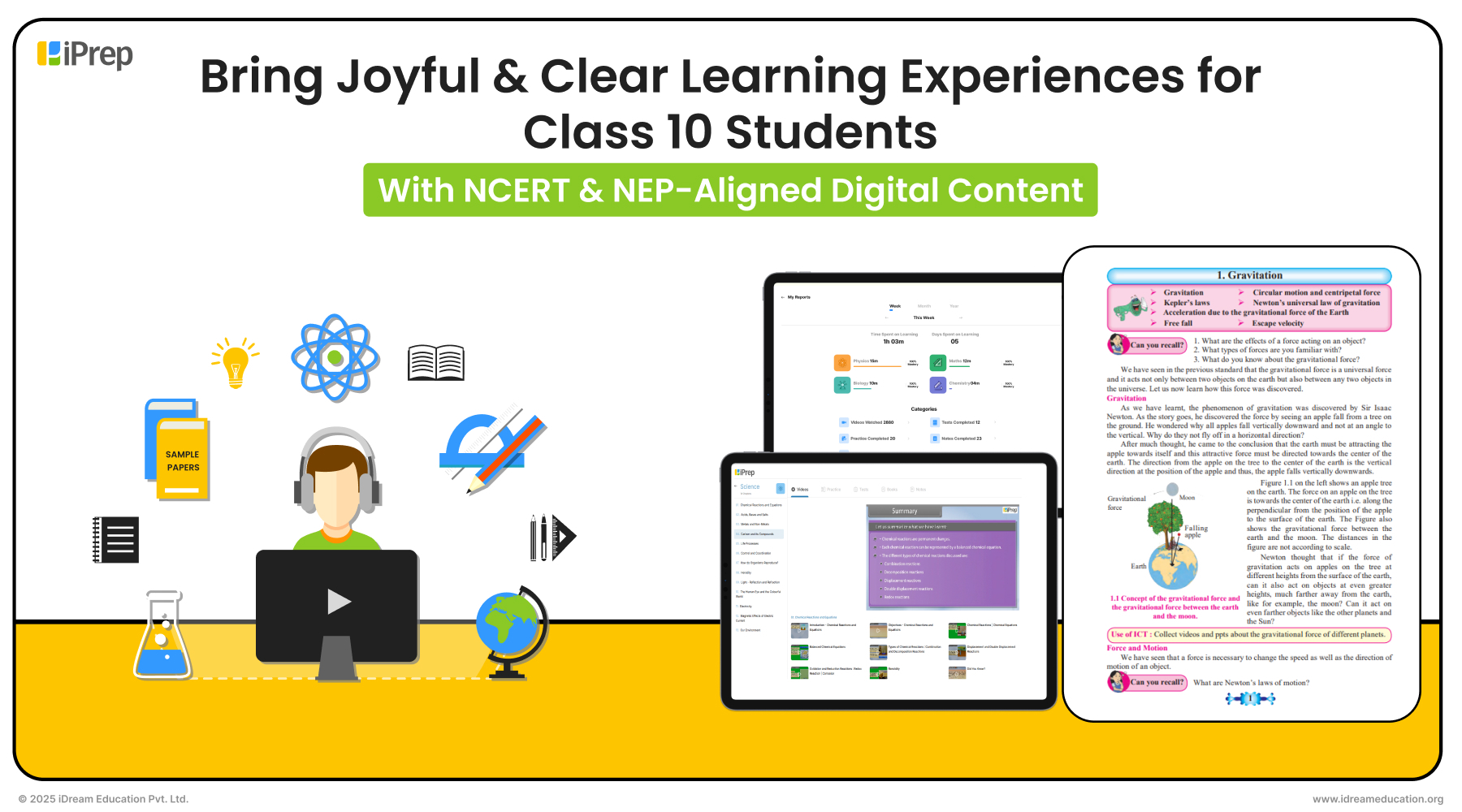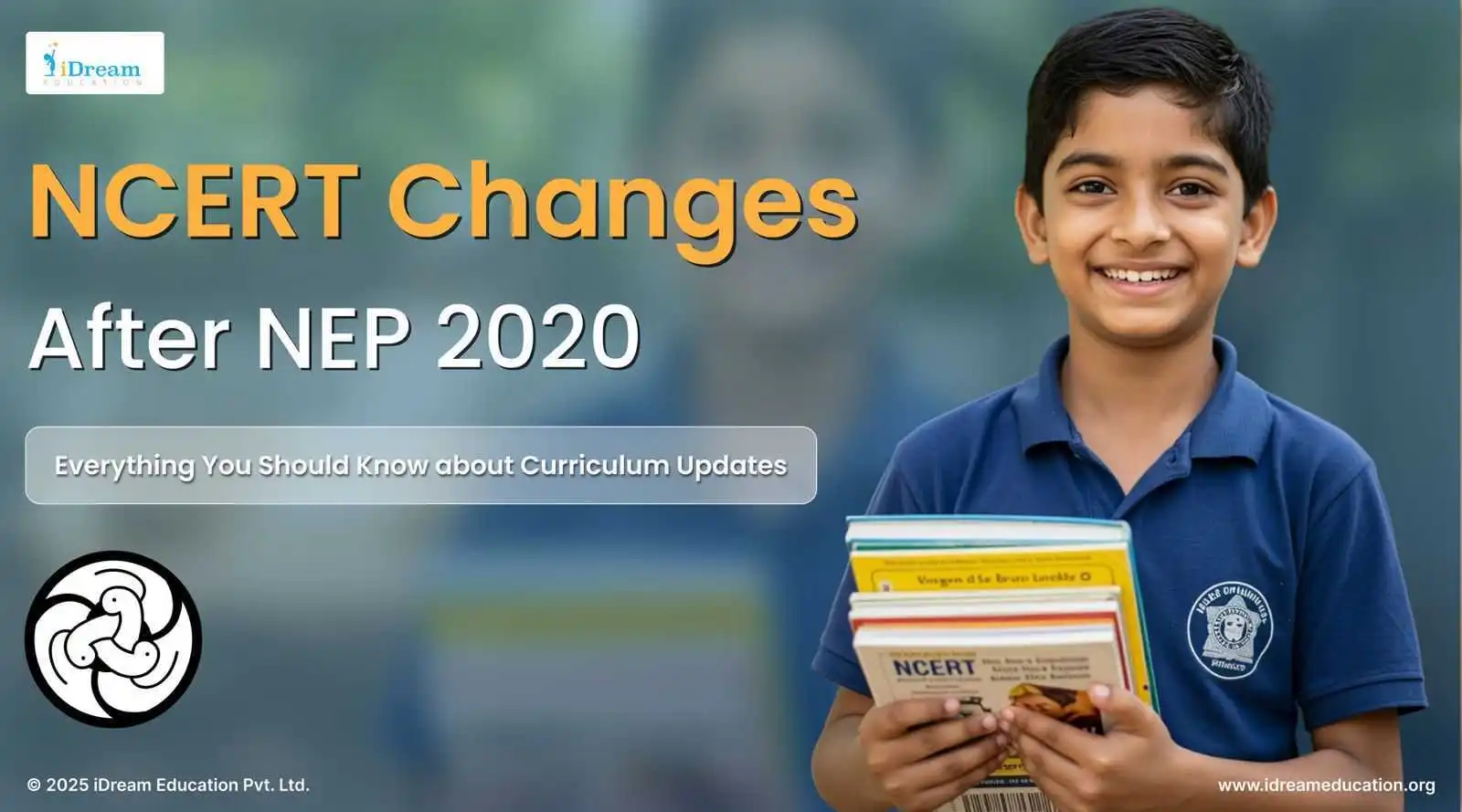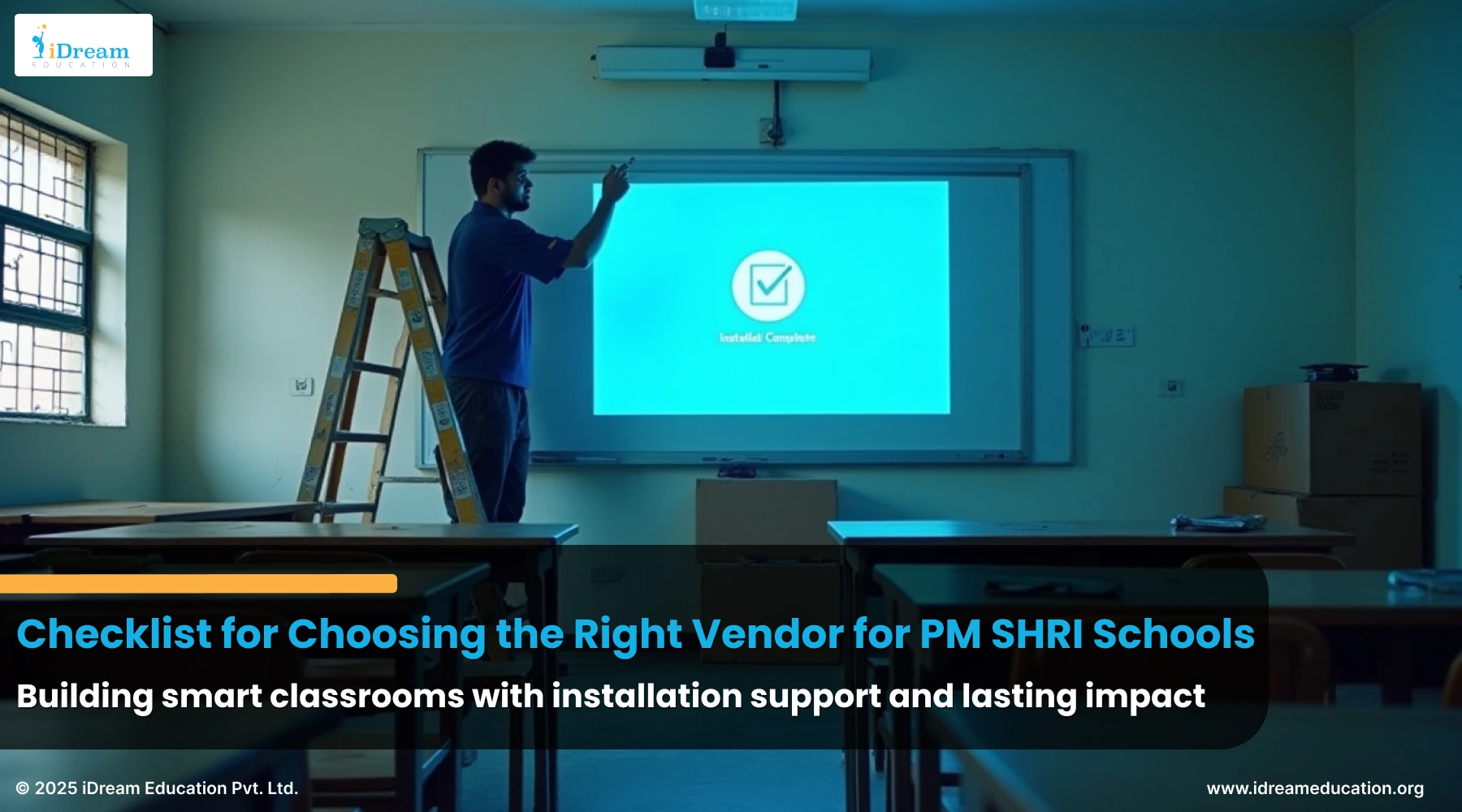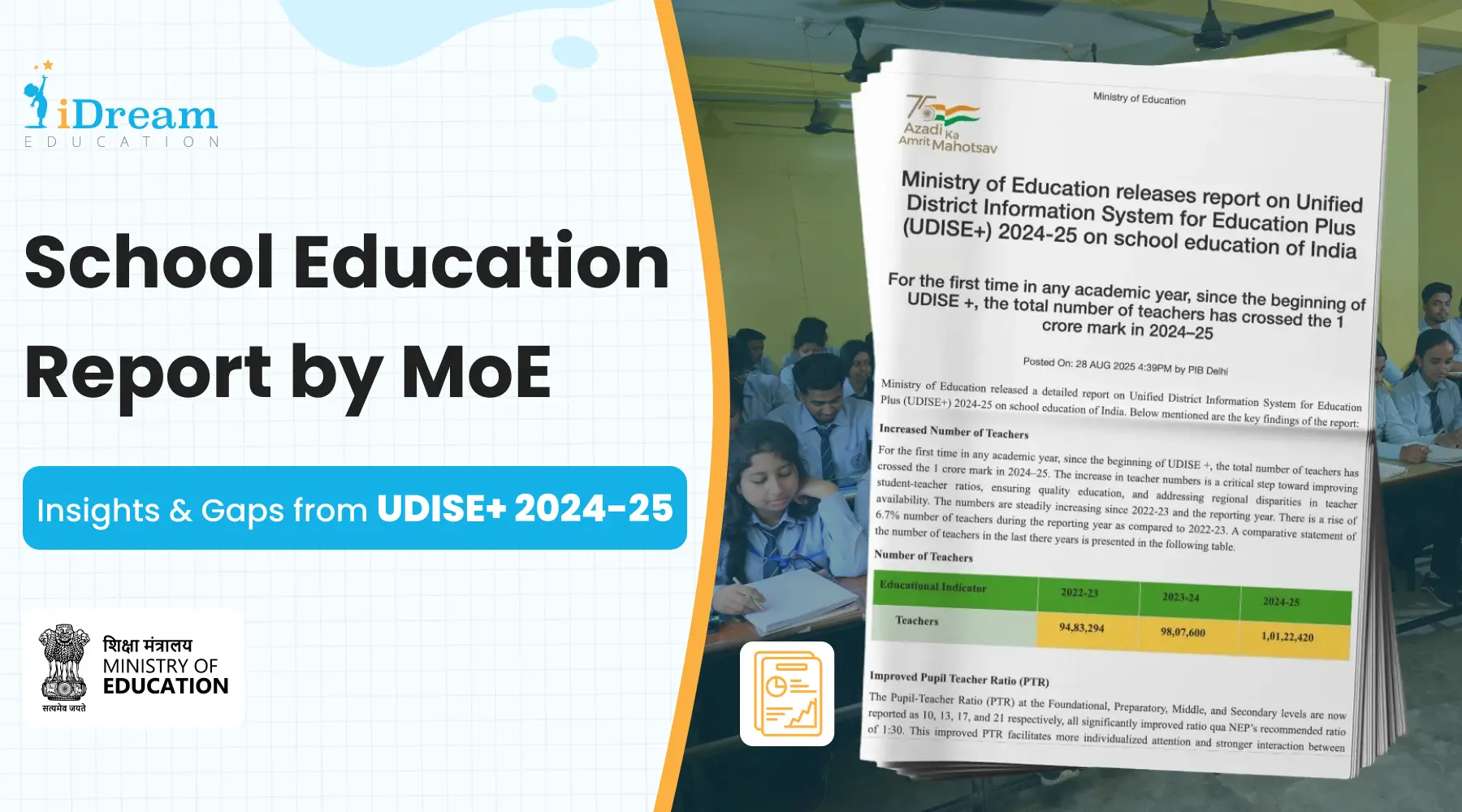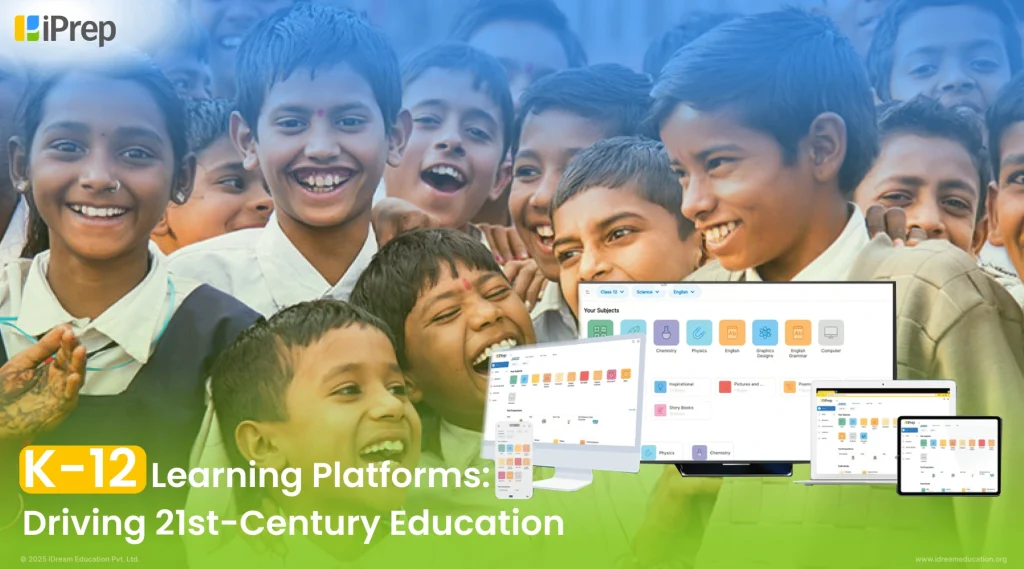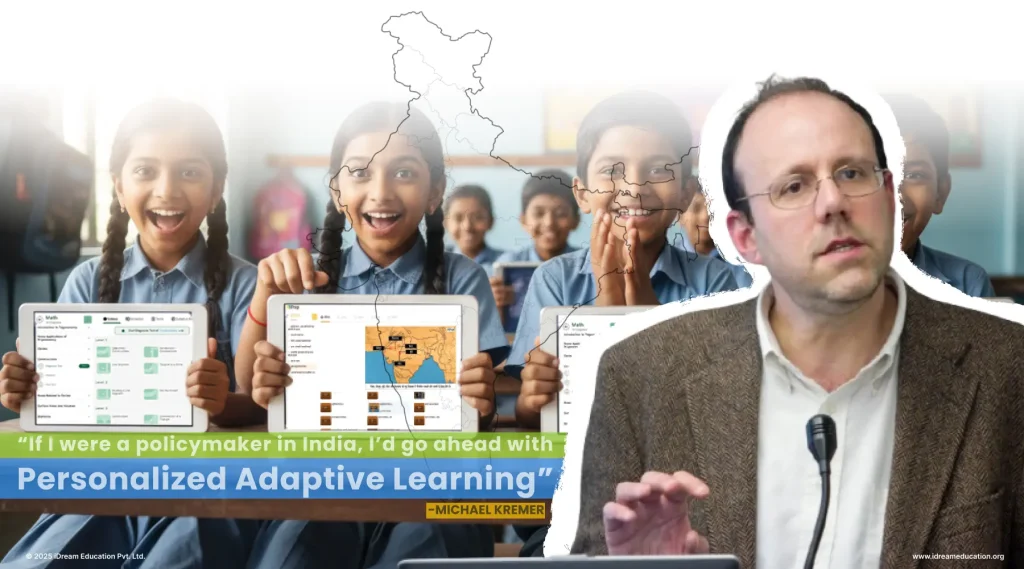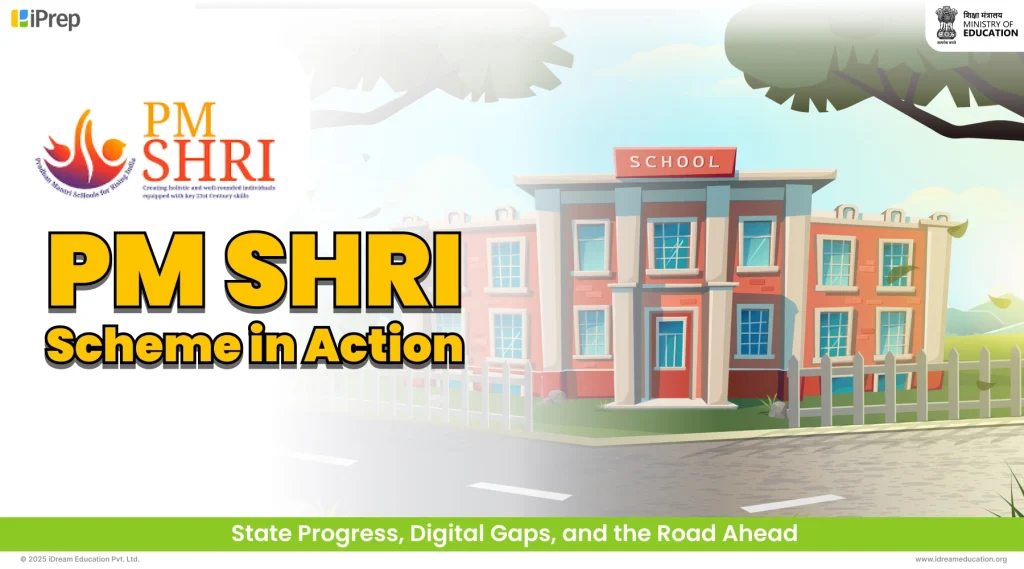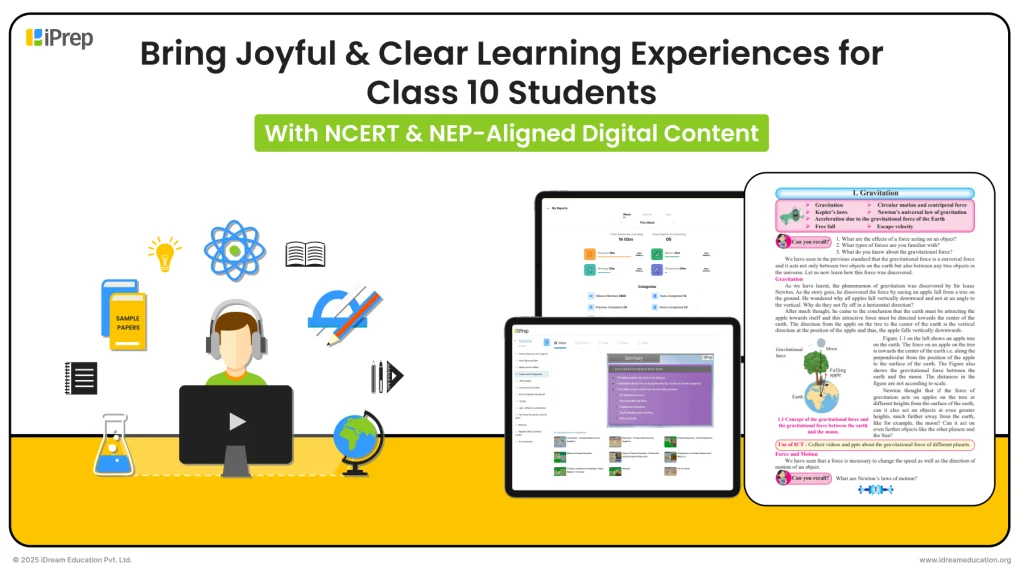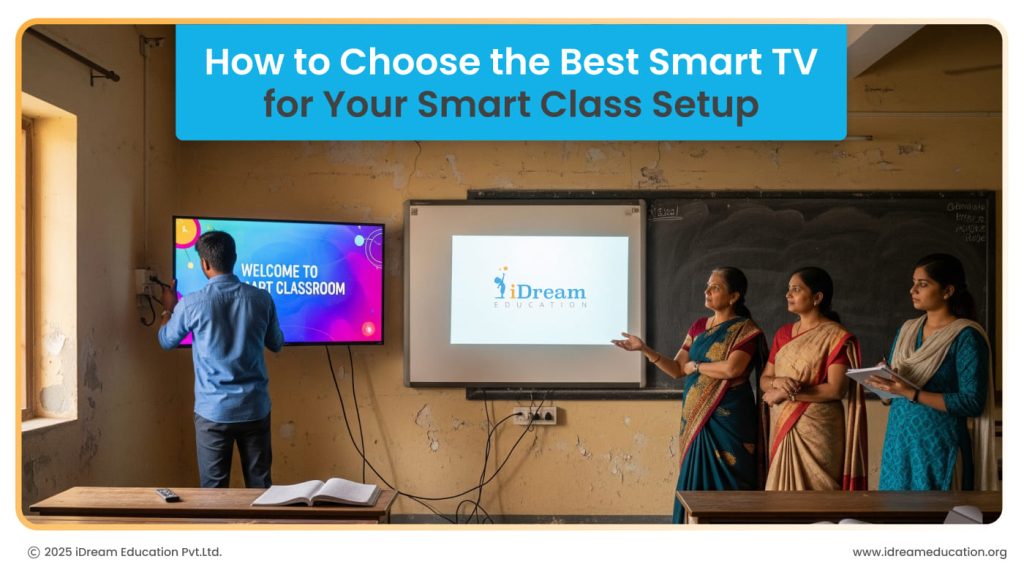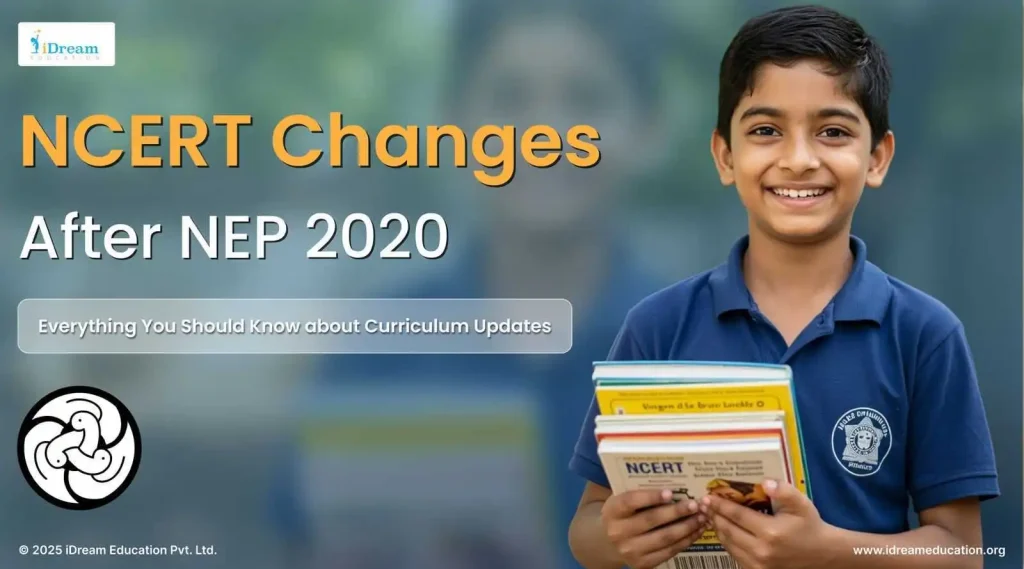Explore a comprehensive guide on FLN Development Goals and Competencies, diving deep into the mission’s structure, and the three core goals that nurture foundational literacy and numeracy skills in children up to age 8.
“There are many red roses in this garden.”
“इस बगीचे में बहुत सारे लाल गुलाब हैं।”
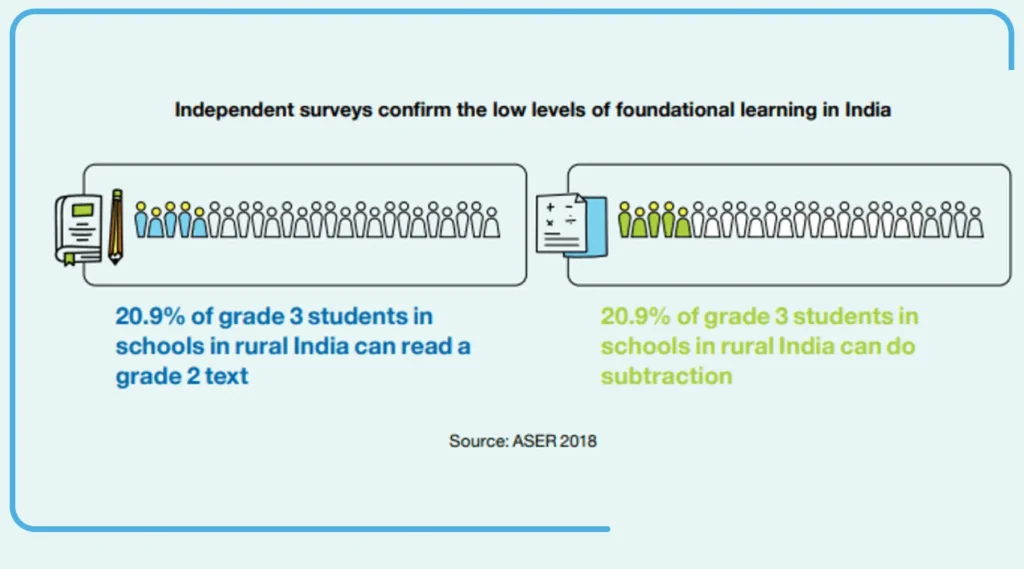
“Despite a consistent enrollment rate of over 95% for the 6-14 age group over the last 15 years, substantial deficits in learning levels persist, with over 75% of Grade 3 learners lacking Foundational Skills.” which means that around 80% 3rd graders cannot read what the text you just saw at the beginning!
India has been in a consistent foundational skills crisis over last many decades. With more than 25 crore school going children and achieving phenomenal enrollment rates, students still struggle with basic reading, writing and mathematical skills. Hence, it has become imperative to focus on early learning-foundational skills in order to ensure relevant and age appropriate learning at later stages.
Understanding the importance of early years’ foundation, NEP 2020, focused on Foundational Literacy and Numeracy (FLN) skills development. Thus, launched a formal curriculum called the National Curriculum Framework (NCF) for the same.
The NCF clearly outlines the FLN development goals and skills that an early learner should acquire by the time they reach age 8. According to Nipun Bharat Mission, “The highest priority of the education system will be to achieve universal foundational literacy and numeracy in primary school by 2025. The rest of this Policy will become relevant for our students only if this most basic learning requirement((i.e., reading, writing, and arithmetic at the foundational level) is first achieved.”
What is Foundational Literacy and Numeracy (FLN)?
Foundational Literacy and Numeracy (FLN) refers to basic skills in reading, writing, and mathematics. It is the ability to read and understand a basic text, write and perform simple mathematical operations. This encompasses children from the age of 3-8. It also serves as a foundation for various developmental goals and learning outcomes envisioned by the Nipun Bharat Mission. Although the term FLN looks focused only on basic reading and writing, mathematical skills, it is much beyond it and encompasses many skills. We would be understanding the same in detail in this article.
How is the FLN Mission structured?
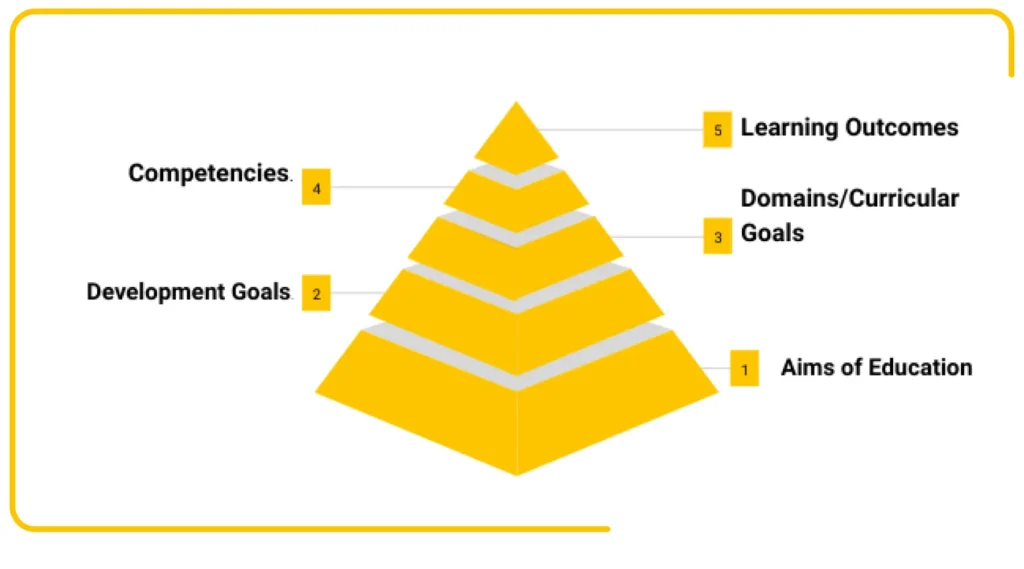
NCF has structured FLN in a manner where one aspect leads into another. At the base of this structure are Aims of education which lead to FLN Development Goals.These goals are like major milestones that early learners should be able to achieve by 8 years of age. Thereafter from Developmental Goal, curricular goals, domains,competencies/skills and learning outcomes are derived.
Let’s understand all these terms in detail:
- Aims of Education: Aims are educational vision statements that give broad direction to all deliberate efforts of educational systems – curriculum development, institutional arrangements, funding and financing, people’s capacities and so on. Aims of Education are usually articulated in education policy documents
- FLN Development Goals: Developmental goals are broad milestones that an early learner should achieve by the age 8.as limited to reading, writing, and arithmetic, it actually goes far beyond these basics. It includes a wide range of interconnected skills that together form the foundation for lifelong learning. To see how these skills are translated into practice, it is important to understand the way the FLN Mission is structured.
The Three broad FLN Development Goals as follows:
Developmental Goal 1: Children Maintain Good Health and Well being
This FLN development goal focuses on developing competencies related to physical, socio-emotional, and psychological health and well-being of early learners for life. This goal continues to provide experience for health and well-being, socio emotional development, health, nutrition, hygienic practices, and safety.
Developmental Goal 2: Children become Good Communicators
This FLN goal focuses on enabling early learners to orally communicate with ease and competence in the preschool or school language, become print aware, understand, or make a meaningful connection with reading and writing in familiar contexts, develop interest in books and in learning to read is essential.
Developmental Goal 3: Children become Involved Learners and Connect with their Immediate Environment.
This FLN development goal focuses on enabling early learners to form concepts related to the world around them through direct experience and interactions with the physical, social, and natural environment through language, mathematical thinking, and environmental awareness.
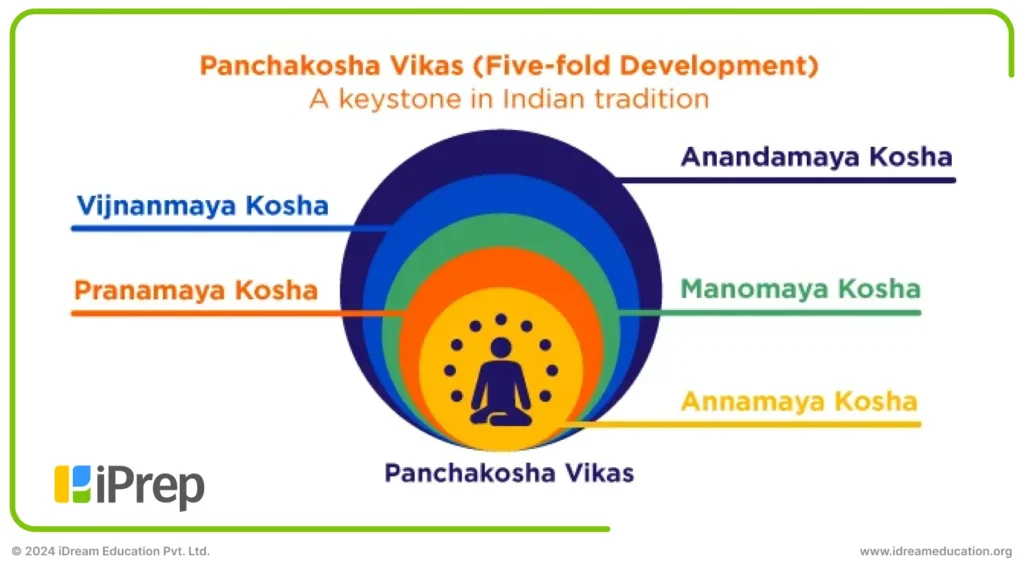
1. Domains/Subjects: The broad FLN focuses on Physical development or Annamaya and Pranmaya Kosha, Socio-emotional and Ethical Development or Manomaya Kosha, Cognitive Development or Vijnanmaya Kosha and finally Aesthetic and Cultural Development or Anandamaya Kosha.
2. Curricular Goals: Curricular Goals are statements that give directions to curriculum development and implementation. They are derived from Aims and FLN development Goals and based on domains.
3. Competencies: Competencies are learning achievements that are observable and can be assessed systematically. These Competencies are derived from the Curricular Goals and are expected to be attained by the end of a Stage.
4. Learning Outcomes: Competencies are attained over a period of time. Therefore, interim markers of learning achievements are needed so that Teachers can observe and track learning and respond to the needs of learners continually. These interim markers are Learning Outcomes. Thus, Learning Outcomes are granular milestones of learning and usually progress in a sequence leading to the attainment of a Competency.
What skills and competencies does the FLN focus on building in the early learners till the age of 8?
FLN focuses on the early years from ages 3 to 8, and the National Curriculum Framework (NCF) clearly lays out the competencies children should achieve in this stage. These competencies, derived from the curricular goals, ensure holistic development, academic, physical, social, emotional, and creative. The major skills and competencies that FLN focuses on are as follows:
Physical and Socio-emotional Development (linked to Goal 1: Health and Well-being)
- Hygiene awareness, healthy eating, and food responsibility
- Recognizing safe and unsafe situations
- Building gross motor skills (balance, flexibility, coordination)
- Fine motor control through crafts and daily tasks
- Self-awareness, family understanding, and emotional regulation
- Cooperative behaviour, empathy, and inclusiveness
- Responsibility, willingness to help, and care for all life forms
Language and Communication (linked to Goal 2: Good Communicators)
- Listening with comprehension and following instructions
- Enjoying and retelling rhymes, poems, and stories
- Developing phonological and alphabetic awareness
- Progressing from words to age-appropriate texts
- Writing simple sentences with clarity
- Building vocabulary for expression
- Developing a habit and love for reading
Cognitive Development (linked to Goal 3: Involved Learners & Environment)
- Sorting, grouping, and classifying objects and living beings
- Identifying and creating patterns
- Mastering numeracy: counting, sequencing, and place value
- Performing basic operations: addition, subtraction, multiplication, division
- Understanding geometry, measurement, time, money, and seasons
- Using simple tools and technology
- Building awareness of environment, festivals, transport, and nature
Aesthetic and Cultural Development
- Expressing ideas through art, craft, and music
- Enjoying performance activities like dance and drama
- Collaborating on creative projects
- Appreciating cultural traditions and heritage
- Exploring imagination and creativity as joy and innovation
For each of these competencies, a detailed learning outcome list is detailed out. These Learning outcomes are markers which exactly help a teacher/educator/parent to evaluate and assess early learners’ progress and learning curve.
Overall, it presents a plethora of skill sets that a child could and should achieve in these formative years.
Foundational Literacy and Numeracy (FLN) in the New Education Policy stands as a cornerstone ensuring every learner’s right to a strong, holistic and all round foundation. If followed to the core, the competencies and skills listed out in the National Curriculum Framework can turn out to stepping stones to what could turn out to be a great future for students and for our country, alike!
If you are looking for FLN digital content aligned with FLN Development Goals, you can contact us at +91 7678265039. You can also share your details here or write to us at share@idreameducation.org.


